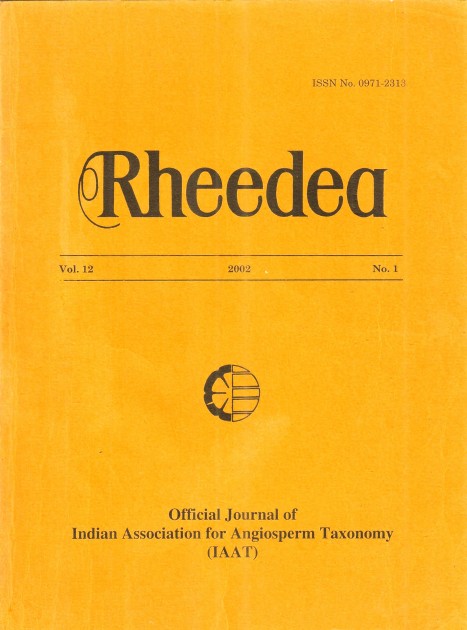Silica bodies and their Taxonomic value in the Sedges of Warangal, Andhra Pradesh
Satyanarayana Reddy P. & T. Rajagopal
Published on : 01-Jan-2022
DOI : https://dx.doi.org/10.22244/rheedea.2002.12.01.03
DownloadAbstract
Silica bodies in the epidermis of various organs of 51 species of Cyperaceae were studied. Cone-shaped silica body is the commonest type and occur in costal cells. These are more frequent on abaxial surfaces of leaf, bract, sheath, glume and culms. Cones are much variable in their number per cell, size, arrangement in the cell, and may be with or without satellites (minor cones) around them. Satellites too, are variable in their size, number and arrangement. Other than cones, several 'atypical' bodies, usually present in inter-costal cells, and restricted to few genera (Scleria and Rhynchospora) are also observed. Hence the genera and tribes in which these 'atypical' bodies are present can be distinguished from others. Silica body characters are also of diagnostic value to some extent at species level. An account of form, distribution and taxonomic significance of silica bodies is presented.
